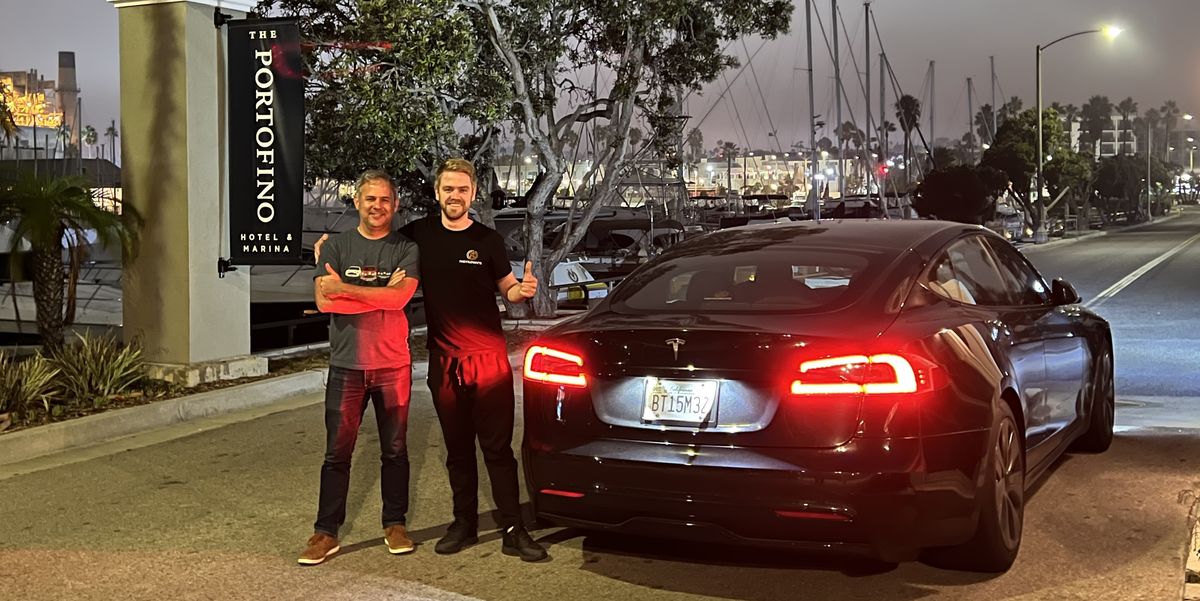This just isn’t true any more.
Practically speaking, when traveling where charging stops are abundant I find the strategy
@GtiMart describes to be easily the quickest - go as fast as you want, stop frequently, work the bottom half of the battery.
Consider a leg of a long trip where two cars leave a supercharger with 50% SoC and drive 100 miles to the next supercharger. One travels 80mph and one travels 65mph.
Travel time for the fast car is 1hr 15 minutes.
Travel time for the slow car is 1hr 32 minutes. (17 minute difference)
Using efficiency data from ABRP, a Model S 100D will use about 288 wh/mi at 65 mph and ~350 wh/mi at 80 mph. So the slow car uses 28.8kwh for the leg and the fast car uses 35.0kwh (difference of 6.2 kWh).
At ~120kw supercharging, it will take 3 minutes to make up for the extra energy used during this leg. Even if you’re only drawing 60kw, you’ll still recoup the extra energy more than twice over before the slower car arrives 17 minutes after you do.
Taking the strategy to the logical extreme: Go fast, stop frequently is the quickest by far.
Piloted by Ryan Levenson and Josh Allan, the Model S crossed the country in 42 hours and 17 minutes. That's two hours faster than the previous record, set in a Porsche Taycan.

www.roadandtrack.com




